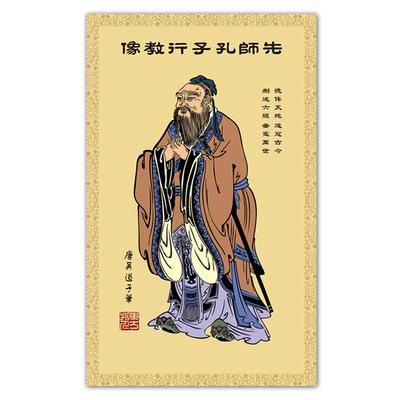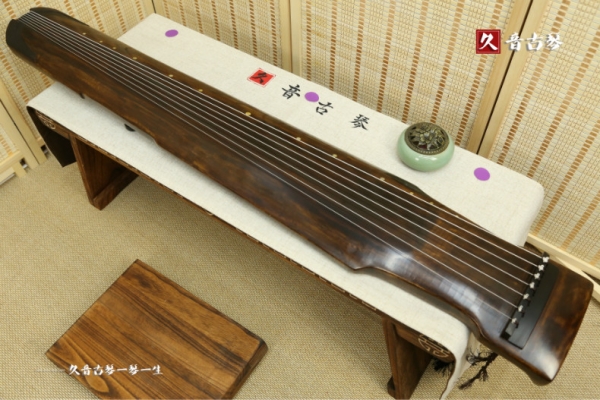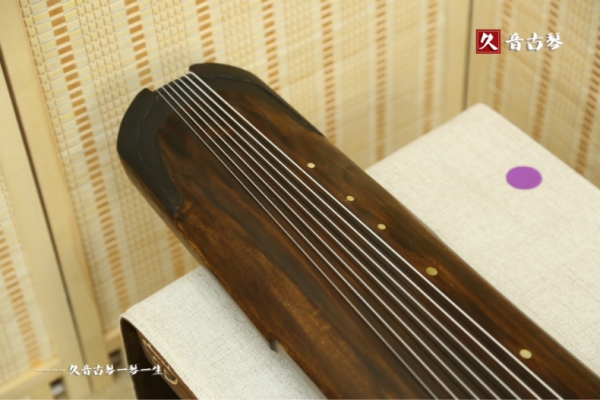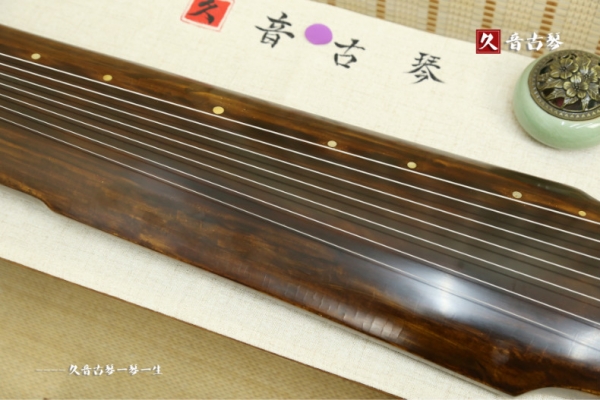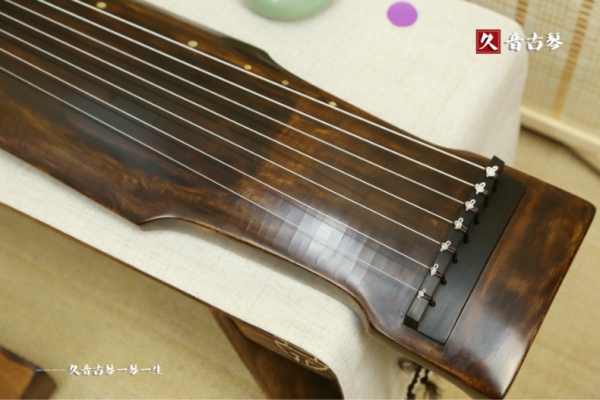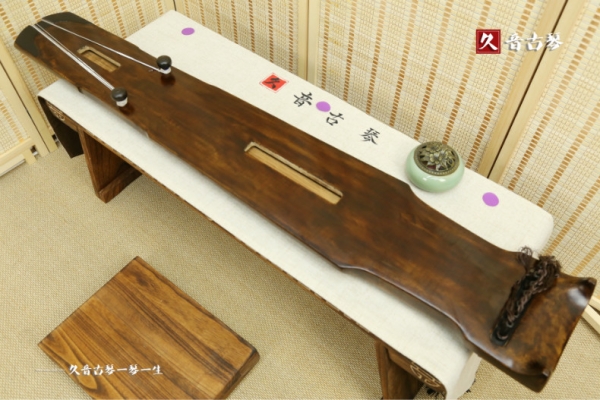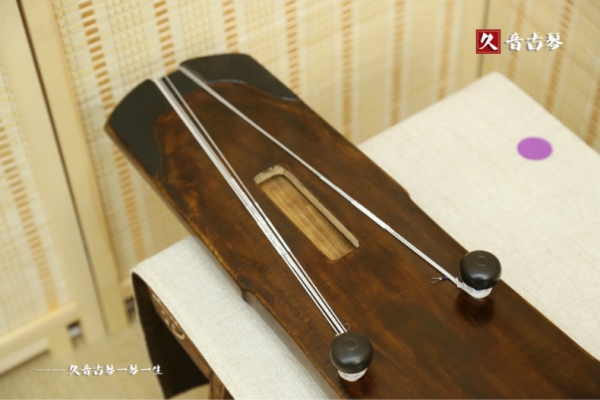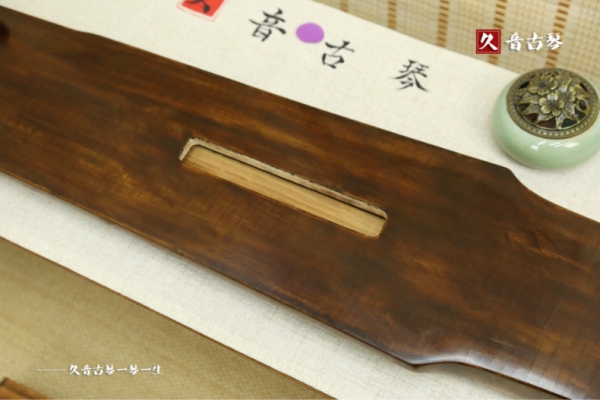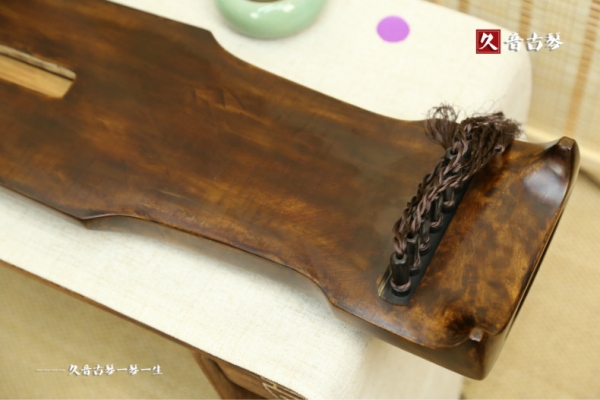Zhongni, also known as Confucius, is an outstanding representative of Confucianism and a philosopher who has influenced China for thousands of years. Someone once commented on him as follows: "Heaven does not give birth to Zhongni, and eternity is like a long night." Due to Confucius' advocacy of the ancient qin, the culture of playing the qin was very strong among literati, and gradually formed a tradition of ancient literati who must prepare for the cultivation of "qin, chess, calligraphy, and painting". At the beginning of advocating qin music, Confucius taught that gentlemen should not lose their bodies when it comes to music. Only gentlemen can enjoy music when they are compared to qin. Playing the piano and playing music is the highest level of cultivation for a gentleman, and the unity of human and music together demonstrates a calm and honest demeanor. In the era of Confucius, qin music was not only a personal cultivation pleasure for later gentlemen, but also a sacred music that accommodates heaven and earth to educate the people. In the music of the qin, Confucius heard the sound of the Holy Virtue of King Wen, and Shi Kuang heard the sound of the fall of the Shang and Zhou dynasties. Therefore, the ancient qin is also known as the "tool of the sage".
Confucius had seventy-two disciples who were as bright as stars, among whom only one came from the south and was named Yanzi. It was this person named Yanzi who laid the foundation of Confucian culture in southern China. Confucius once said during his lifetime that with Yan Zi, "My path is south." Among Yan Zi's deeds, the most prominent one is to promote the morality of "leaving no trace of the road" through etiquette and music, and to educate the folk customs of "staying indoors at night" through string songs. The so-called string singer is someone who uses beautiful piano music to recite and sing together. The ancient poet YongChangshu once had a famous line: "Yan Gongjia is in the old qin sound. From this, it can be seen that Changshu has a deep connection with the Chinese guqin. Of course, it is not just Yan Zi who has an indissoluble bond with the Chinese ancient qin, because Confucius himself is a qin player who plays the piano and the melody. It can be said that the profound influence of Confucian cultural ideas has injected a moderate and peaceful tone into the music of Chinese guqin in the initial original period.
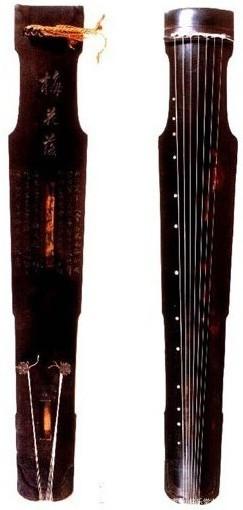
Tang Qin - Plum Blossom Falling (Zhongni Style)
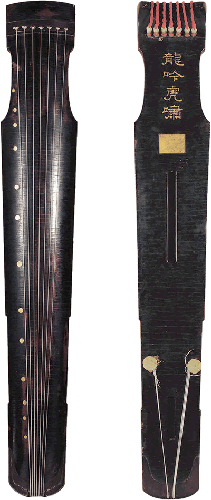
Song Qin - Dragon Whispering and Tiger Roaring (Zhongni Style)
The Zhongni style qin head is the most common square head, with a slanted downward arc at the neck and shoulders, and a square bar at the waist. Apart from this, there is no change. The overall design is simple and elegant, with square and round curves. This type of qin is the most famous form of qin that has survived throughout history. The book "Treasures of Chinese Guqin" records a total of 109 old qin pieces, of which 62 are from the Zhongni style; There are over 200 ancient qin pieces in the book "Jin Yu Qin Magazine", with Zhongni style accounting for 78%. However, from the surviving Tang qin, it can be seen that the Zhongni style was not very popular before the Song Dynasty. It was only during the Song Dynasty that there was a particularly strong trend of worshipping Confucius that there were so many Zhongni styles. There is only one surviving Tang qin in the Zhongni style, and it was made in the late Tang Dynasty.
Jiuyin Guqin Antique Broken Crack Zhongni Guqin
There are generally three reasons why the Zhongni style guqin is popular: firstly, it is beautiful; 2. Easy to create; The meaning of three causes. This style of qin has a beautiful body, which is in line with the aesthetic standards of the public at that time and now, so many qin people love it; Due to its simplicity, the difficulty of playing the Zhuo qin is not significant, and currently, most common practice qin instruments are of the Zhongni style; Thirdly, the Zhongni style has rich connotations, which coincide with traditional Chinese culture. Confucius' life could almost be connected by several qin songs: leaving the state of Lu, thinking of treacherous ministers in power, unclear court and hall, and angrily composing "Guishan Cao"; In the state of Jin, upon hearing the death of the Dou family, it was difficult to see Ming Jun. In anger, he wrote "Returning to Cao"; Trapped by Chen Cai, seeing the Youlan blooming alone and unable to fulfill her lofty aspirations, she complained about writing "Youlan". Qin is a tool for literati to cultivate their character and cultivate their character. Once its style is related to Confucius, it is even more loved by literati.
